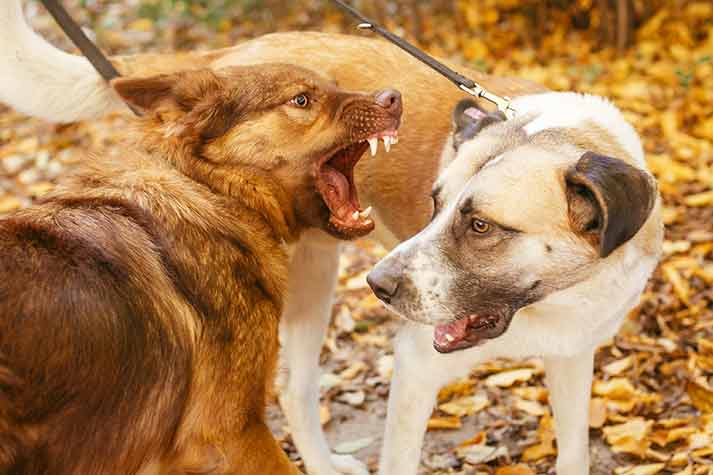
13 Jun
Tips to Protect Your Pet against the Summer Heat
Summer brings intense heat and glaring sunlight, making it crucial to protect not just ourselves but also our pets. Unlike humans, pets rely entirely on us for their well-being. Prolonged exposure to ultraviolet (UV) rays can lead to severe health issues, including sunburn and even skin cancer, the most common type of cancer in dogs.
While pets may not develop wrinkles or age spots like humans, their risk of sun damage is just as real, if not higher. Sun protection is an essential part of pet care, especially for those who spend significant time outdoors.
Fur Helps, But It’s Not Enough
A pet’s fur acts as a natural barrier against UV rays, but its effectiveness depends on breed, coat type, and colour.
- Thick, long-haired breeds have better protection.
- Short-haired or hairless breeds, like Sphynx cats, are highly vulnerable.
- Dogs with lighter-coloured or thin fur, such as Pitbulls, Dalmatians, Greyhounds, and White Shepherds, are especially prone to sunburn.
Even pets with dense coats can get sunburn in areas with sparse fur like nose, ears, belly, and armpits. Just 15 minutes of direct sunlight can cause burns.
If pets travel to regions with stronger UV radiation, their risk of sunburn and overheating increases, making extra precautions vital.
Recognizing Sunburn in Pets
Before prevention, it helps to know the warning signs:
- Red or pink skin
- Dryness, peeling, or flaky patches
- Discomfort like scratching, licking, or avoiding touch
- In severe cases: blisters or swelling
Heat discomfort may also show as restlessness, seeking shade, or reduced activity. Severe heat exposure can lead to heat exhaustion or heatstroke, which requires immediate vet attention.
Proven Steps to Protect Your Pet from the Sun and Heat
Apply Pet-Safe Sunscreen
One of the most effective ways to protect exposed skin is with pet-specific sunscreen. Human sunscreens often contain zinc oxide or salicylates, which are toxic if ingested. Focus application on the nose, ears, belly, and other exposed skin. Reapply if your pet spends extended time outdoors or after swimming.
Trim Fur Instead of Shaving
Shaving removes the natural barrier against harmful rays. Instead,
- Trim the coat
- Use an undercoat rake to thin fur for double-coated breeds
- Maintain fur at a length that still offers sun protection
Stick to the Shade
Whenever possible, avoid direct sun for extended periods. Pets regulate body temperature through panting and their paw pads, prolonged heat increases the risk of sunburn, dehydration, and heatstroke.
If shade isn’t available, consider pet-friendly sun gear: lightweight shirts, cooling vests, or hats that block UV rays.
Adjust Walk and Play Times
The sun’s intensity is highest between 10 a.m. and 4 p.m. Plan walks early morning or late evening when it’s cooler.
Before walking, check the ground temperature: if it’s too hot for your hand, it’s too hot for their paws. Use pet shoes or paw balms for extra protection.
Prioritize Hydration
Fresh, cool water should be available at all times. Pets lose water quickly through panting, so:
- Carry a portable water bowl on walks
- Offer frequent water breaks
- Give pet-safe frozen treats, like ice cubes made from low-sodium broth or seedless watermelon chunks
Additional Tips for Traveling Pets
If your pet travels frequently or you’re planning an international relocation:
- Research climate and UV levels at your destination
- Gradually acclimate pets to hotter conditions
- Invest in travel-friendly cooling gear like mats, portable fans, and sunshades for car windows
Enjoying Summer Safely with Your Pet
With a few precautions, summer can be enjoyable for both you and your pet. Planning ahead minimizes the risks of heat-related illnesses, ensuring they stay happy and comfortable.
By staying mindful of UV exposure, hydration, and proper protection, you can ensure a worry-free, fun-filled summer with your furry companion. Whether at home, on a walk, or traveling abroad, a little extra care goes a long way in keeping them safe in the summer heat.






AUTHOR’S BIO
Carry My Pet
Passionate pet enthusiasts and globetrotters, dedicated to easing furry friends' journeys worldwide. Penning tales of compassion at CarryMyPet, where every relocation is a tail-wagging adventure.